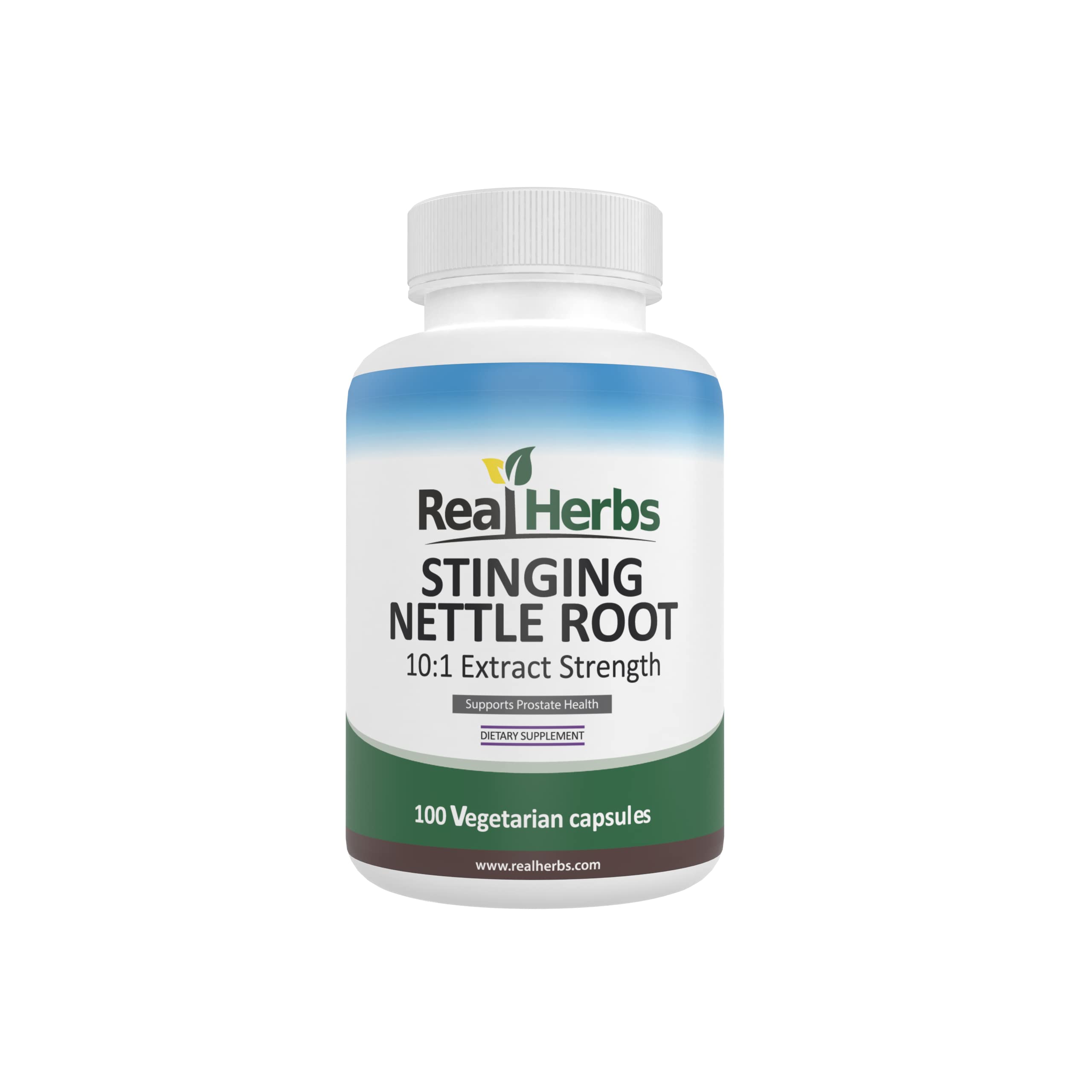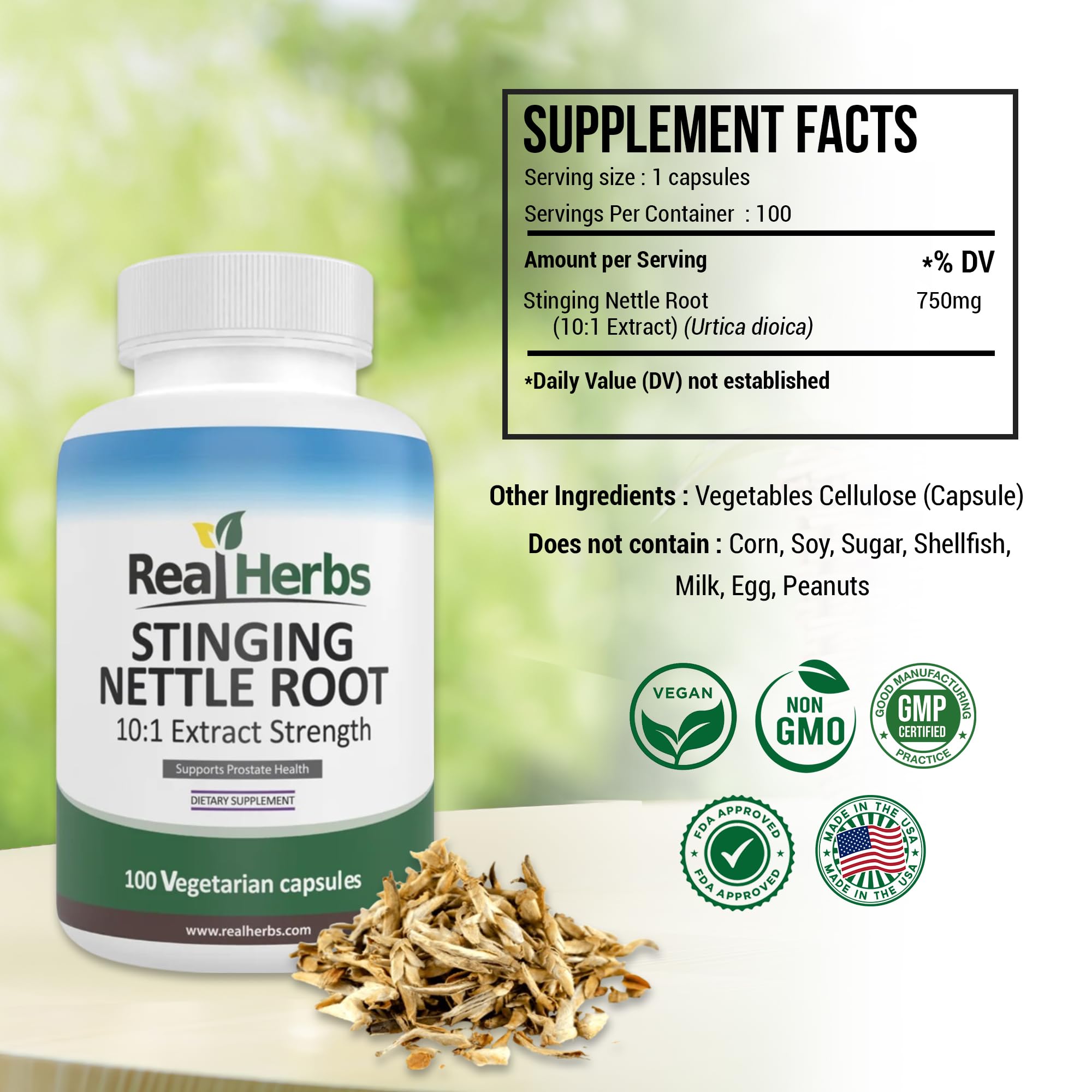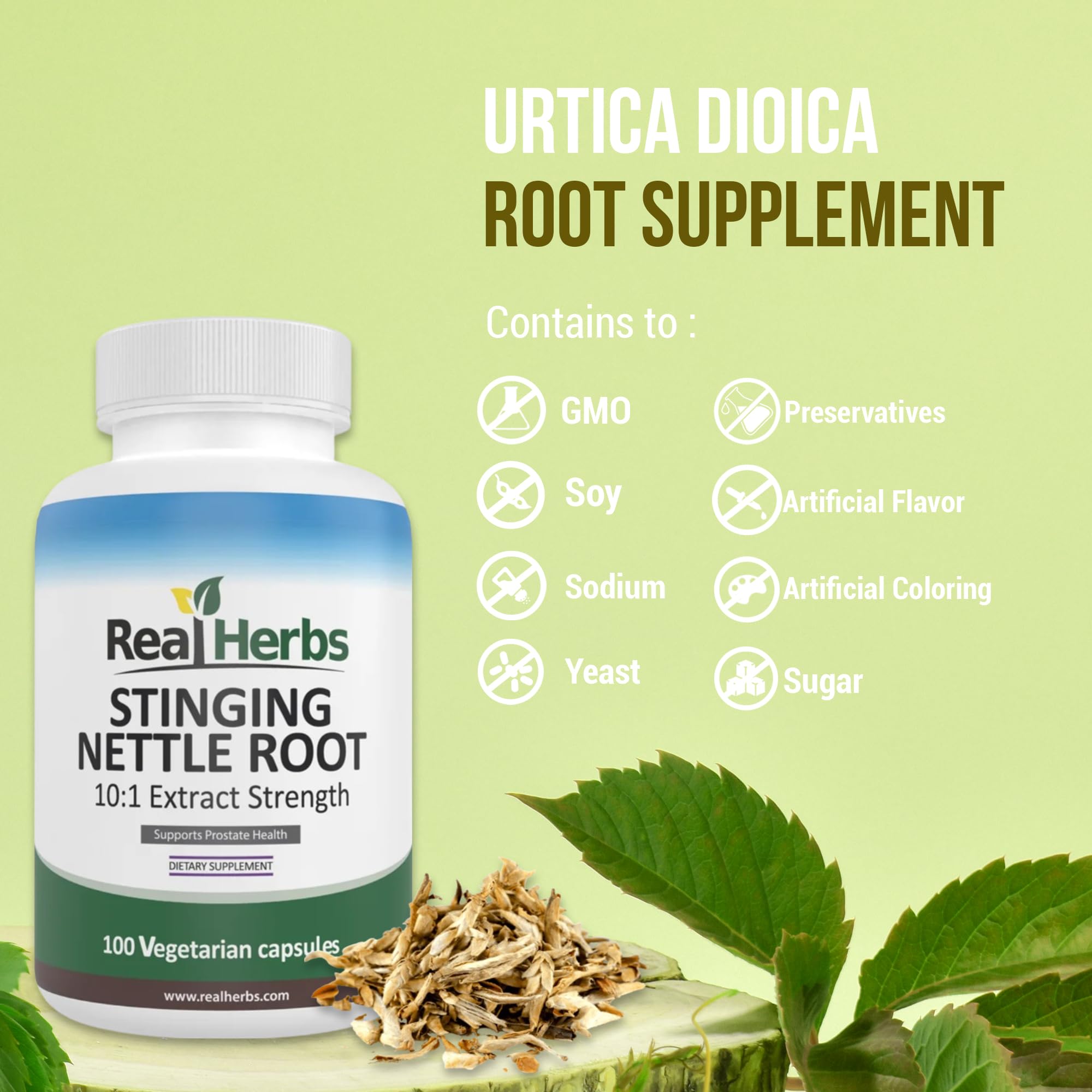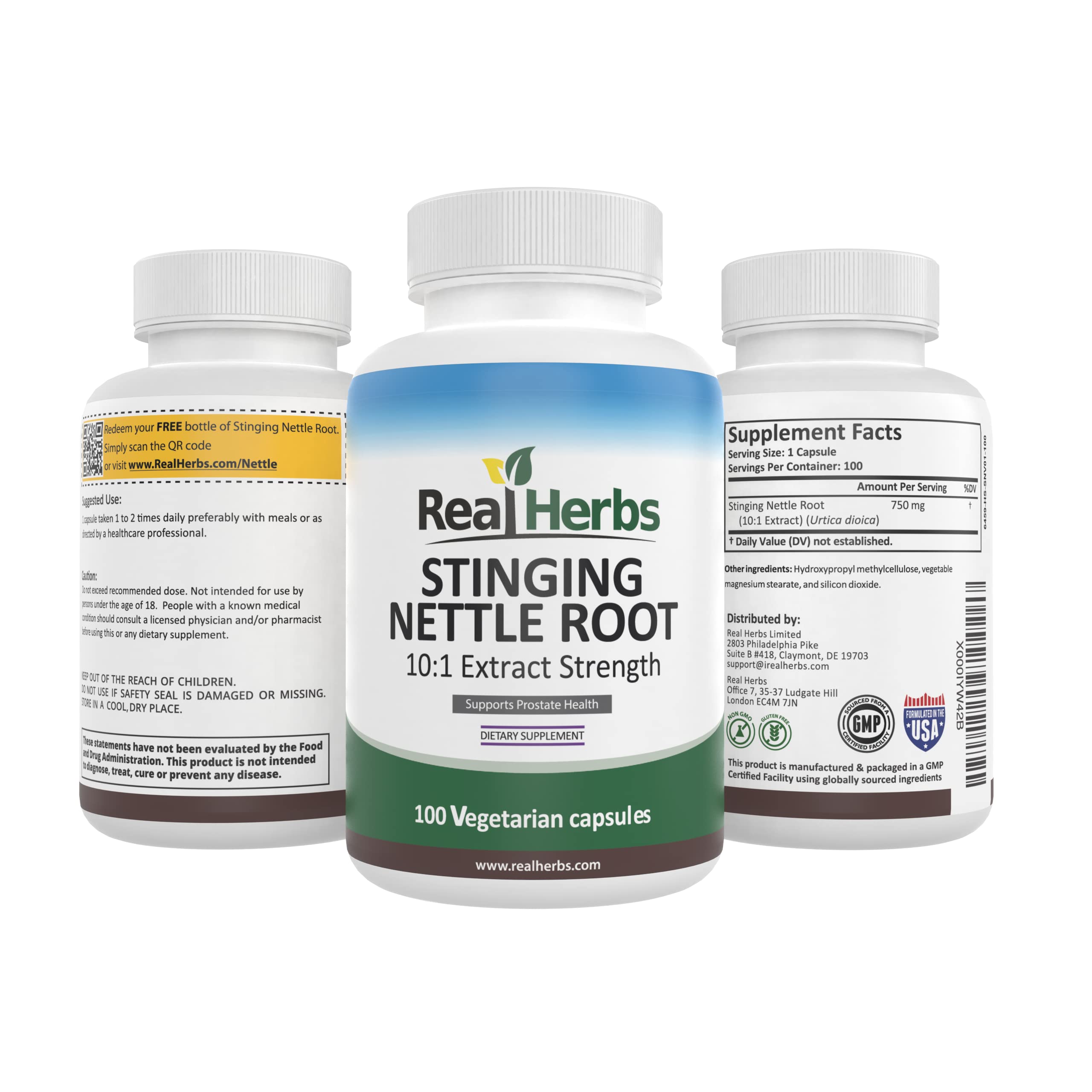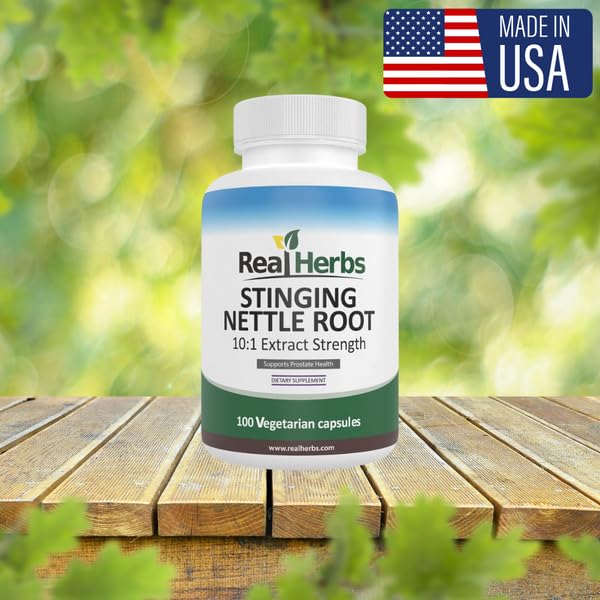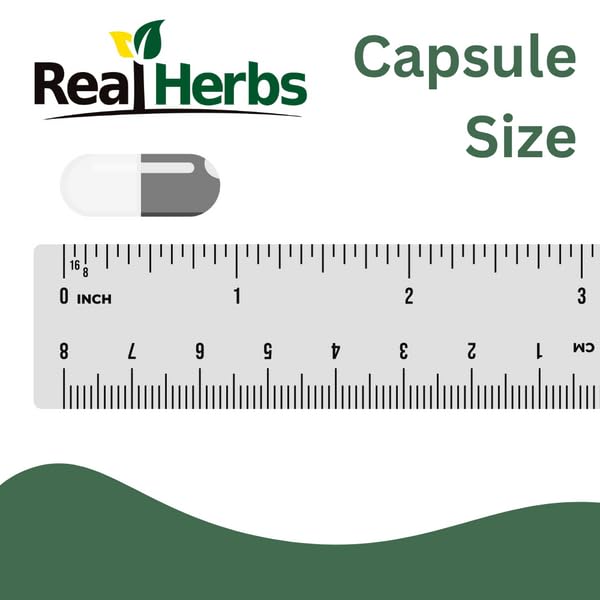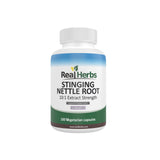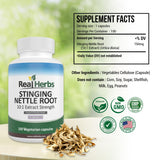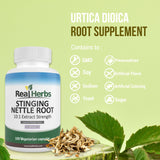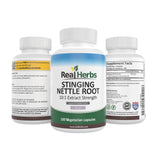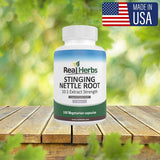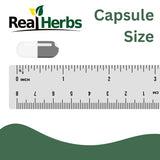Does Stinging Nettle Root Contain Beta Sitosterol?
Introduction:
Urtica dioica, or stinging nettle root, has a long history as a herbal remedy in traditional medicine. There has recently been a surge of interest in the potential health benefits of this botanical marvel. Beta sitosterol, a plant sterol with promising health properties, is one of the active compounds that has received attention. The presence of beta sitosterol in stinging nettle root and its potential impact on human health will be discussed in this article.
What exactly is Stinging Nettle Root?
Stinging nettle, a perennial flowering plant found in many parts of the world, has been used for centuries to treat a variety of health problems. Its leaves and roots have been used in traditional medicine to help with urinary health, joint discomfort, and overall wellness.
An Introduction to Beta Sitosterol
Beta sitosterol is a phytosterol, a naturally occurring plant compound that structurally resembles cholesterol. It can be found in a variety of plant-based foods, including fruits, vegetables, nuts, and seeds. This phytosterol is well-known for its potential benefits in heart health and prostate gland support.
Beta Sitosterol's Potential Benefits
Numerous studies indicate that beta sitosterol may be beneficial to one's health. According to research, it may help lower LDL cholesterol levels, also known as "bad" cholesterol, and thus support cardiovascular health. Furthermore, beta sitosterol has been investigated for its potential role in prostate health in men, particularly in the context of benign prostatic hyperplasia (BPH).
Is Beta Sitosterol Found in Stinging Nettle Root?
Beta sitosterol has been found in stinging nettle root in studies. While the concentration varies depending on the plant's geographic location and growing conditions, it is clear that stinging nettle root contains this beneficial phytosterol.
One study published in the journal "Planta Medica" looked at the composition of stinging nettle root and discovered that beta sitosterol was a prominent constituent. This discovery adds to the growing body of evidence supporting stinging nettle root's potential health benefits.
Stinging Nettle Root's Other Active Compounds
Aside from beta sitosterol, other bioactive compounds in stinging nettle root contribute to its potential health benefits. Flavonoids, phenolic acids, and other phytosterols are examples of these. These compounds may have antioxidant and anti-inflammatory properties, which may contribute to stinging nettle root's overall health benefits.
The Health Benefits of Stinging Nettle Root
Stinging nettle root supplements are popular herbal remedies for urinary health, joint comfort, and as a general tonic to improve overall well-being. Stinging nettle root's potential presence of beta sitosterol adds to its allure as a natural supplement with a variety of potential health benefits.
Precautions and Security
While stinging nettle root is generally safe for most people when used correctly, some people may experience mild gastrointestinal discomfort or allergic reactions. Before beginning any supplementation, it is critical to consult with a healthcare professional, especially if you have underlying health conditions, are taking medications, or are pregnant or breastfeeding.
Conclusion
The root of stinging nettle is a botanical treasure with a long history of medicinal use. Because stinging nettle root contains beta sitosterol and other bioactive compounds, it may provide a variety of health benefits. More research, however, is required to fully understand the extent of its effects on human health. As with any supplement, it is critical to proceed with caution and seek professional advice before using stinging nettle root. Incorporating stinging nettle root into a well-balanced and healthy lifestyle may be a natural way to enhance overall wellness.

